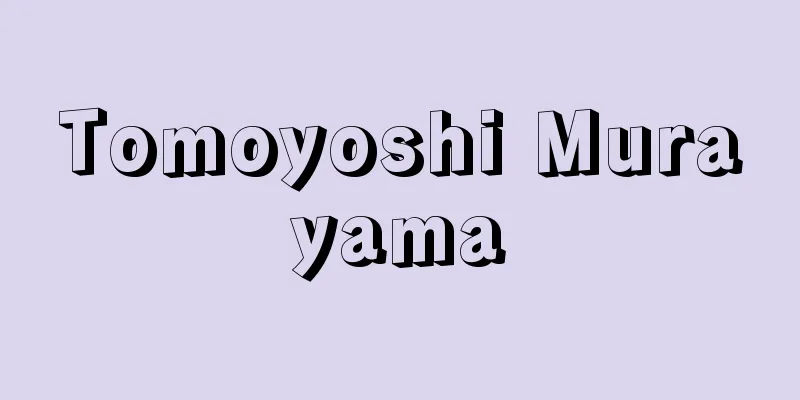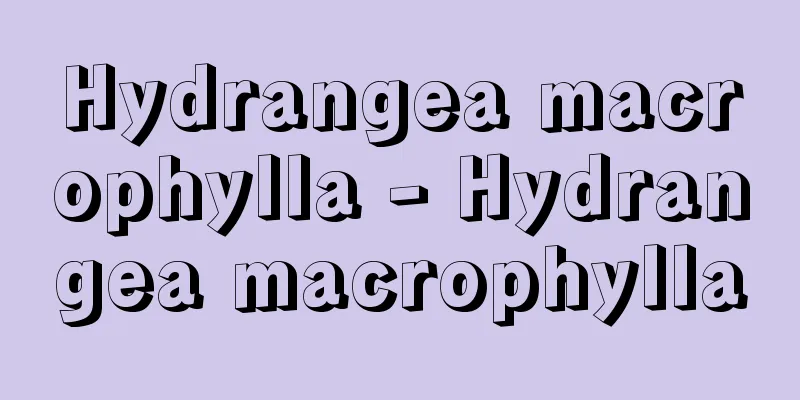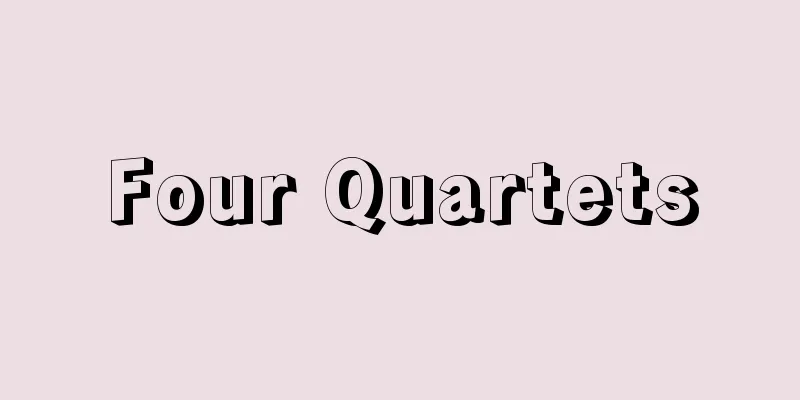Tomoyoshi Murayama

|
Director, playwright, novelist, and painter. Born in Tokyo on January 18, 1901. Graduated from First High School in 1921 (Taisho 10) and entered the Department of Philosophy at Tokyo Imperial University, but dropped out the following year to study abroad in Berlin. There he turned to painting, producing collage works such as "Portrait of a Jewish Girl" and "Dedicated to a Beautiful Girl." Upon returning to Japan in 1948, he immediately advocated "conscious constructivism," forming "Mavo" with Yanase Masamu and others, and was active as an avant-garde artist. In 1941, he attracted attention with his stage sets for Kaiser's "From Morning to Midnight" at Tsukiji Little Theater, and entered the theater world. In 1951, he participated in the formation of the Marxist theater company Zen'ei-za, and in 1956 (Showa 6), he joined the illegal Communist Party. He released the representative plays of proletarian theater of this period, "Yakuza-ki" (1929) and "Shimura Natsue" (1932). He was arrested in 1957 and released on bail the following year. In 1959, he released a novel about his conversion, "Byakuya" (White Night), and other works. He also advocated the unity of new theater companies, and participated in the founding of the Shinkyo Theater Company, playing an active role as its leader, but was arrested again in August 1965. After World War II, he rebuilt the Shinkyo Theater Company in 1946 (Showa 21), and in 1959, he merged it with Kenji Susukida's Chugei Theater Company to form the Tokyo Geijutsuza Theater Company, which he presided over. He was also active in many areas, writing novels such as "Ninja no Mono" (a five-part series), adapting "Yoake Mae" (Before Dawn), and writing screenplays and directing for PCL films that Shinkyo Theater Company had contracted with. He died on March 22, 1977. [Shoji Sobue] "Murayama Tomoyoshi's Play Collection, two volumes (1971, Shin Nihon Shuppansha)" ▽ "Murayama Tomoyoshi's Theatrical Autobiography, four volumes (1970-77, Toho Shuppansha)" ▽ "Modern Japanese Literature Series 58" (1972, Chikuma Shobo) ▽ "Murayama Tomoyoshi's Art Work" (1985, Miraisha) Source: Shogakukan Encyclopedia Nipponica About Encyclopedia Nipponica Information | Legend |
|
演出家、劇作家、小説家、画家。明治34年1月18日東京に生まれる。1921年(大正10)第一高等学校を卒業して東京帝国大学哲学科に入学するが、翌年中退してベルリンに留学。同地で画家に転じて、コラージュによる『あるユダヤ人の少女像』『美しき少女に捧(ささ)ぐ』などを制作。23年の帰国後ただちに「意識的構成主義」を主張し、柳瀬正夢(やなせまさむ)らと「マヴォ」を結成、前衛美術家として活躍した。24年築地(つきじ)小劇場のカイザー作『朝から夜中まで』の舞台装置で注目され、演劇界に入る。26年、マルクス主義的な劇団前衛座の結成に参画し、31年(昭和6)には非合法下の共産党に入党。この期のプロレタリア演劇の代表的戯曲『暴力団記』(1929)、『志村夏江』(1932)を発表。32年に検挙され、翌年保釈出獄。34年に転向小説『白夜』などを発表。また新劇団の大同団結を提唱して、新協劇団の創設に参画、その指導者として活躍したが、40年8月再検挙された。第二次世界大戦後は46年(昭和21)に新協劇団を再建、59年に薄田研二(すすきだけんじ)の劇団中芸と統一して東京芸術座を結成、主宰した。ほかに『忍びの者』(五部作)などの小説、『夜明け前』の脚色、新協劇団が契約したPCL映画へのシナリオ・演出など、活躍は多方面にわたった。昭和52年3月22日没。 [祖父江昭二] 『『村山知義戯曲集』全二巻(1971・新日本出版社)』▽『村山知義著『演劇的自叙伝』全四巻(1970~77・東邦出版社)』▽『『現代日本文学大系58』(1972・筑摩書房)』▽『『村山知義の美術の仕事』(1985・未来社)』 出典 小学館 日本大百科全書(ニッポニカ)日本大百科全書(ニッポニカ)について 情報 | 凡例 |
Recommend
Araeosoma
...They are found south of Sagami Bay at depths o...
Innovation (Economy) - Secret
…The original meaning is to introduce new methods...
Flavius Valentinianus I
321‐375 Roman Emperor. Reigned 364-375. A Pannonia...
Urajiro - Urajiro
〘Noun〙① The back, inside, or bottom is white. Also...
Oasis Nation - Oasis Country
...In other words, it seems likely that several o...
Canadian Shield
A stable landmass distributed in the area centere...
Ichiyuusai Kuniyoshi - Ichiyuusai Kuniyoshi
...But as time went on, craftsmen such as roofers...
Big Boy (English spelling)
...The former had a 1-D-D-D-1 axle arrangement (t...
Potassium silver cyanide
The correct name is potassium dicyanoargentate(I)...
GRF - Global Renewable Energy
Growth hormone releasing factor : A growth hormone...
Tabletop lantern - Okidourou
〘 noun 〙 A lantern that is placed on a stand to pr...
Gold rice cake - Kinpei
…On the other hand, in the southern territory of ...
Karatsu coalfield
A coalfield in western Saga Prefecture. Coal prod...
RPF - RPF
...However, after coming to power, de Gaulle trie...
Choi Nam-seon
Korean historian, poet, and thinker. His pen name...









